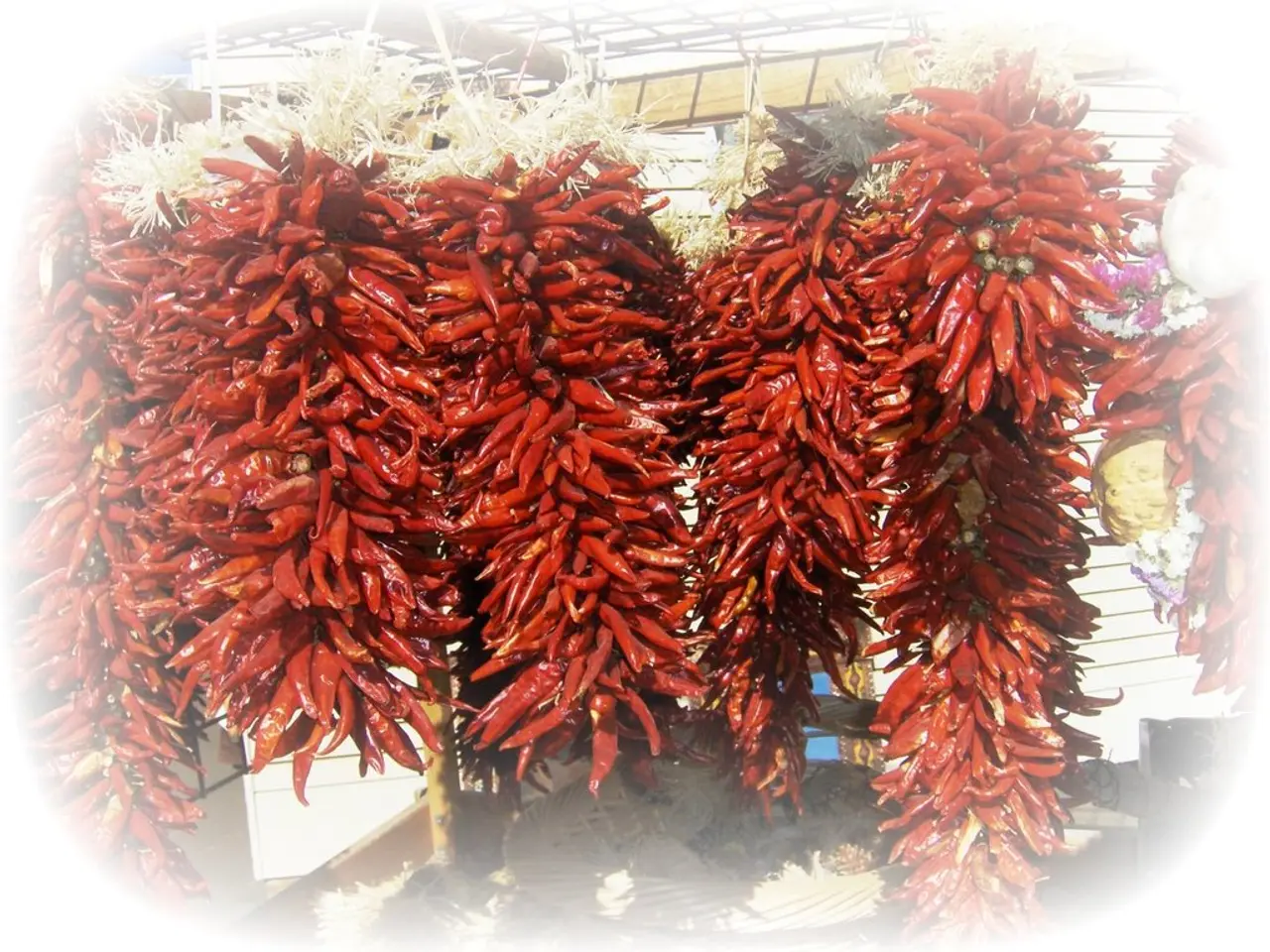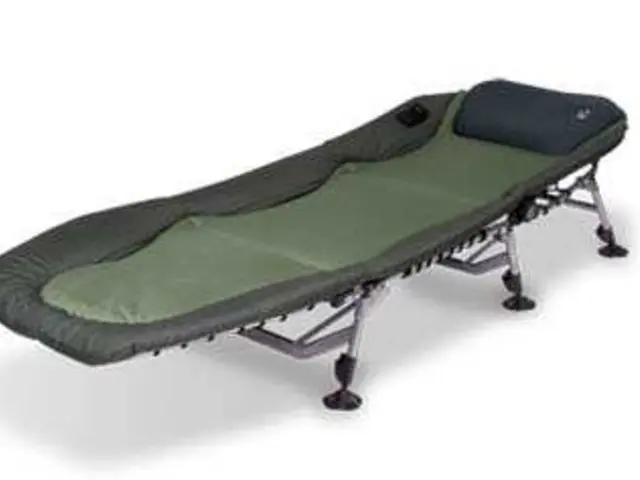Migraine Shivers: Origins, Remedies, and Further Insights
Migraine chills, a common and often distressing symptom, are closely linked to complex neurological and vascular changes in the brain associated with migraine attacks. These chills can manifest as shivering or sweating, and understanding their causes can help in finding effective treatments and prevention strategies.
Brain and Blood Vessel Involvement
Migraines are neurological disorders that involve the brain’s blood vessels and nerves. Changes in blood vessel diameter and blood flow occur, sometimes triggered by nerve signals or substances released during a migraine, causing pain and accompanying symptoms like chills or tingling sensations.
Elevated levels of homocysteine, which can damage blood vessels and nerves, might contribute to migraine susceptibility, indirectly affecting symptoms such as chills. Sometimes migraines include an aura phase that involves sensory disturbances such as tingling or cold sensations, which can relate to abnormal nerve activity and blood vessel changes in the brain.
Possible Causes of Migraine Chills
Chills during migraine episodes may result from autonomic nervous system involvement. This system controls involuntary bodily functions like temperature regulation and blood vessel constriction/dilation. A migraine-related dysregulation could cause chills as vessels constrict or change blood flow.
Stress hormones released during migraines may alter blood flow or nerve responses, possibly leading to chills or tingling. Chills could also be related to associated migrainous symptoms such as nausea, sweating, or aura phenomena.
Treatment and Management of Migraine Chills
There is no migraine treatment solely for chills, but managing the underlying migraine through medications and lifestyle is key. Treatments include migraine-specific drugs such as triptans or CGRP inhibitors, which target the vascular and neurological causes of migraine pain.
Use of anti-inflammatory drugs and anti-nausea medications (sometimes combined as "migraine cocktails" in severe cases) can reduce migraine symptoms that may accompany chills. Avoiding migraine triggers (stress, hormonal fluctuations, etc.) and employing relaxation techniques can help prevent attacks that cause chills.
If chills reflect autonomic symptoms, temperature regulation issues may improve as the migraine resolves with treatment. In severe or unusual cases, consulting a healthcare provider for targeted evaluation is advisable.
Prevention and Lifestyle Changes
Lifestyle changes that reduce migraine attacks include avoiding identified food triggers, regular exercise, eating regular meals, drinking enough water, stress management, and weight management in people with obesity. The American Migraine Foundation recommends seeing a doctor about constant, debilitating headaches and migraine symptoms if headaches happen more than once a week, are difficult to control, pain medication is taken more than twice weekly, friends and family note how often headaches seem to occur, or if headaches are debilitating.
In summary, migraine chills arise from changes in brain nerve activity and blood vessel function during migraine episodes, involving autonomic nervous system disturbances and vascular changes. Treatments focus on controlling the migraine itself through medications (like triptans, CGRP inhibitors, anti-inflammatories) and trigger management, which usually alleviates chills as well. If chills are not improving alongside migraine headaches, consulting with a doctor is a good idea to rule out other causes.
- The complex neurological and vascular changes in the brain associated with migraine attacks can cause headaches and accompanying symptoms like chills, shivering, or sweating.
- Chills during migraine episodes might be attributed to the involvement of the autonomic nervous system, which controls involuntary bodily functions and temperature regulation.
- Science suggests that changes in blood vessel diameter and blood flow during migraines could be triggered by nerve signals or substances released during a migraine, leading to pain, chills, or tingling sensations.
- Migraine treatments, such as triptans, CGRP inhibitors, anti-inflammatory drugs, and anti-nausea medications, target the vascular and neurological causes of migraine pain, which often alleviates accompanying symptoms like chills.
- Lifestyle changes like avoiding identified food triggers, managing stress, regular exercise, eating regular meals, drinking enough water, and weight management can help prevent migraines, thus reducing the occurrence of migraine chills.
- Mental health conditions and other neurological disorders can contribute to the development of migraines, and understanding these relationships can help in finding effective treatments and prevention strategies for both conditions, potentially improving overall health and wellness.




